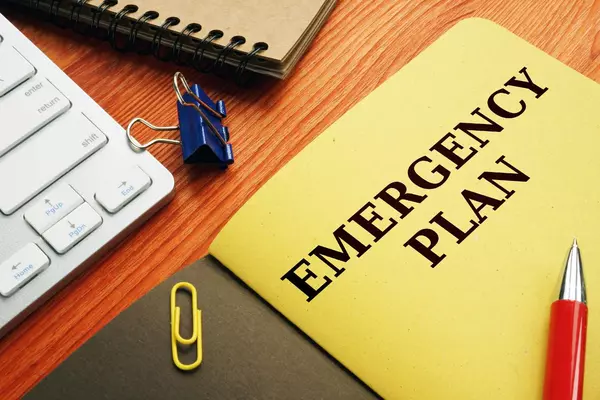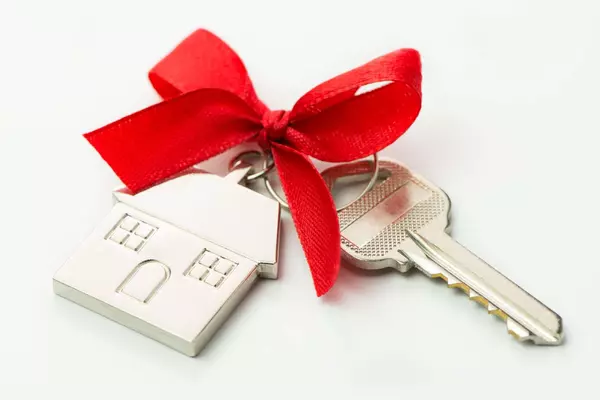
Navigating Homeownership During Life Changes
Life is full of milestones that bring both joy and challenges. Major life changes such as marriage, divorce, or the birth of a child often come with significant financial and logistical decisions, especially when it comes to homeownership. Whether you're blending households, dividing assets, or pla

Why Winter is Prime Time to Buy or Sell a Home
When it comes to real estate, spring and summer often dominate as the “prime seasons” for buying and selling homes. However, winter offers a surprising array of benefits for both buyers and sellers that often go overlooked. Whether you’re considering making a move or listing your property, here’s w

Holiday Staging Magic: Deck Your Home to Sell!
The holiday season is a magical time, but it can also be a prime season for selling your home. Buyers searching during this time of year are often motivated, and your home’s festive atmosphere can create a warm and inviting first impression. However, striking the right balance between holiday ch
Categories
- All Blogs (83)
- Credit & Mortgage Prep (6)
- First Time Home Buyer (14)
- Home Appraisal & Valuation (26)
- Home Buying (56)
- Home Selling (42)
- Luxury Homes (53)
- Market & Design Trends (1)
- Mortgage & Financing (4)
- Mortgage Rates & Trends (6)
- Renting & Leasing (3)
- Special Property Types (3)
- Staging & Home Prep (7)
Recent Posts










